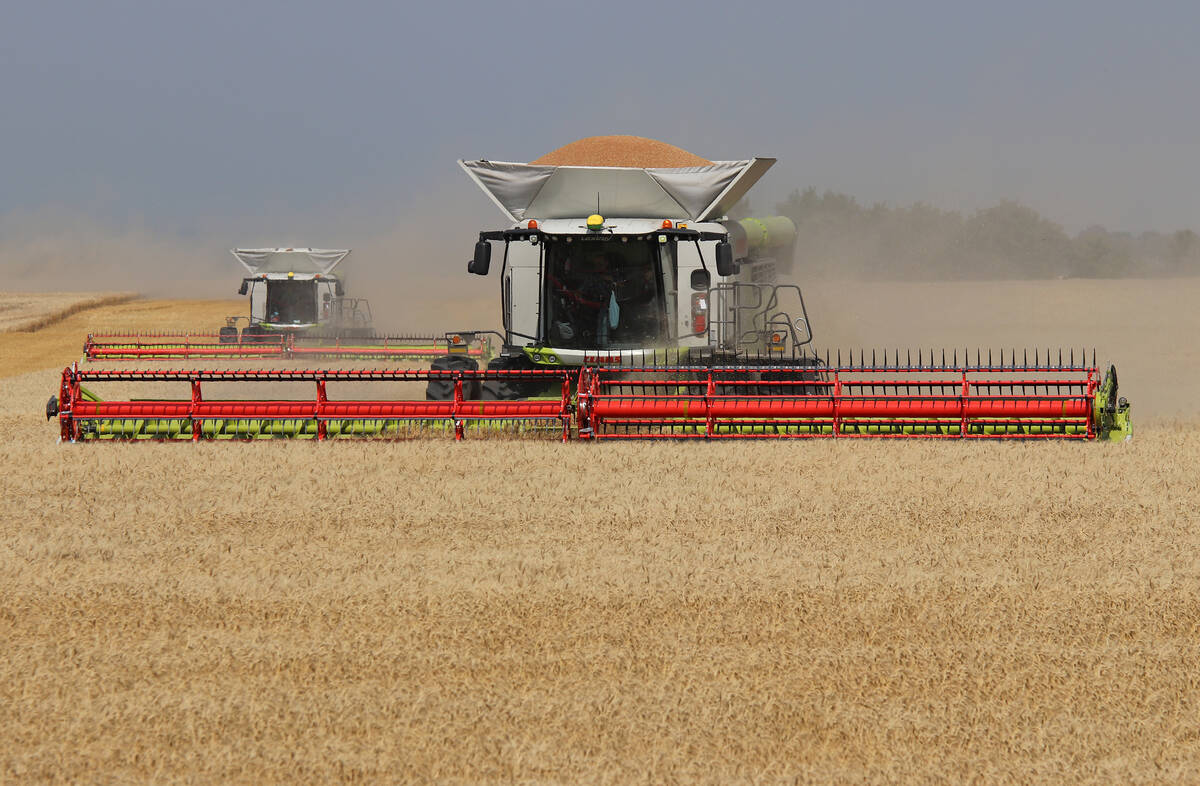Established relationship Vancouver’s shorter distance to China’s growing market is an advantage as acreage grows
Western Canadian farmers who decide to grow soybeans this year shouldn’t have a problem selling them.
“The size of the marketing opportunity is actually quite unique and very, very exciting,” said Marlene Boersch, a partner in Mercantile Consulting Venture.
“Soybeans are probably the biggest single marketing opportunity that you will find on any of the crops.”
Saskatchewan Pulse Growers hired Boersch to investigate the long-term marketing potential for a crop that is generating mounting interest from the province’s growers.
A U.S. Department of Agriculture projection shows that global soybean demand will increase by 51.8 million tonnes by 2024-25. China will account for 47.6 million tonnes of the increase.
Read Also

China’s grain imports have slumped big-time
China purchased just over 20 million tonnes of wheat, corn, barley and sorghum last year, that is well below the 60 million tonnes purchased in 2021-22.
China has been the driver in soybean markets for some time, with imports rising to 63.4 million tonnes in 2012-13 from 17 million tonnes in 2003-04.
The USDA is forecasting about 110 million tonnes of Chinese demand in another 12 years.
It is tremendous news for growers in Western Canada because of their competitive shipping advantages to that market.
Brazil and the United States are the world’s largest soybean exporters. Boersch said Canada is the hands-down winner when comparing sailing times to China from Vancouver, Mobile, Alabama and Santos, Brazil.
“We made some comparisons in terms of distance and sailing times with our major competitors, and that is a very, very positive story for us,” she told Crop Sphere 2014.
It takes about 18 days for a vessel to sail from Vancouver to China, 35 days from Mobile and 39 days from Santos.
Boersch said 75 percent of U.S. soybean exports to China move through the Gulf of Mexico and the rest are shipped through ports in the U.S. Pacific Northwest.
U.S. soybeans shipped through Pacific Northwest ports would have a slight shipping advantage compared to Canadian soybeans.
However, there is no comparison for the three-quarters that move through the Gulf. Ocean freight rates to China from Vancouver are $22 per tonne compared to $45 per tonne for beans shipped out of the Gulf.
“It puts you into a very good position to participate in that increasing market from the West Coast,” she said.
It is a much more preferable market outlook than a crop like wheat, where most of the growth will be in markets such as Africa and the Middle East. Canada is at a shipping disadvantage there to competitors in South America and the Black Sea region.
Boersch said U.S. soybean exports are forecast to remain stead over the next 12 years, and China will rely heavily on Brazil to fill its growing demand.
“To achieve this from South America would be a major challenge,” she said.
Not only would it be difficult for Brazil to grow that many beans, but it would be a major hurdle to get all the extra production to market because of Brazil’s ongoing transportation challenges.
It is why the global soybean supply and demand outlook looks so promising for an up-and-comer like Western Canada.
Boersch said Canada has long established relationships with Chinese canola buyers, and many of those companies also trade soybeans.
“We know the buyers. We know the route. We know the market channels,” she said.
Boersch thinks there is more opportunity growing and selling genetically modified soybeans than non-GM soybeans.
She said the non-GM market is expected to grow by 1.1 million tonnes over the next 12 years compared to a total increase in demand of 51.8 million tonnes.
China’s 12 million tonnes of annual soybean production is all non-GM. The country typically exports 200,000 to 450,000 tonnes a year and has the potential to ship more.
“That’s why the non-GM premium has a very hard time to get beyond a certain level,” said Boersch.
One other advantage when growing and shipping soybeans is that they don’t have to be cleaned at port, which could help maximize west coast port capacity.
There could also be a domestic market for soybeans. Canola crushing plants in Western Canada could be retrofitted to crush the oilseed.















